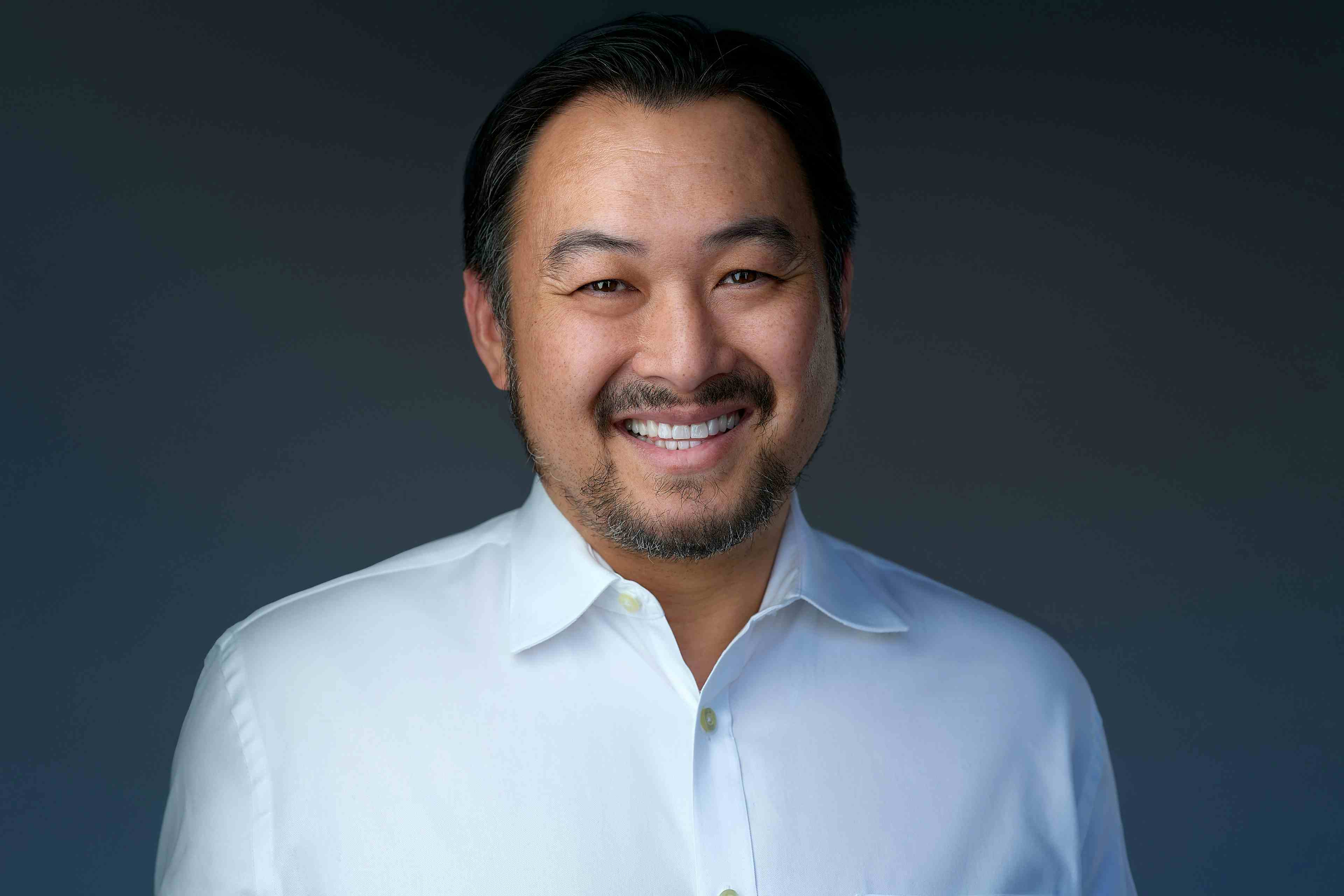Five ways to drive patient satisfaction
A West survey has revealing findings about patient satisfaction.
The two biggest factors affecting the bottom line for providers center around evolving payment models tied to reimbursements and an increase a new study in consumer choice when it comes to attracting and retaining patients, according to a new survey.

Hart“With increased consumerization in healthcare, providers and organizations are faced with having to adapt to changing markets where patient and member satisfaction is increasingly driving loyalty,” says Allison Hart, chief healthcare market research and insights strategist at West.
West’s Prioritizing the Patient Experience surveyed healthcare consumers and found that too many are dissatisfied with their current care-noting they either believe that their providers don’t have a strong sense of their individual needs or aren’t focused on improving their health.
In fact, 88% admitted they would switch healthcare providers if they weren’t completely satisfied and 74% would put off scheduling appointments altogether. Because the financial health of organizations are intrinsically tied to value-based payment models that use patient satisfaction as a performance measure, providers are feeling the pinch.
“We found a significant disconnect between the initiatives providers are prioritizing and the areas that patients say are most vital to satisfaction. Patients tended to focus on the overall experience-ranking advanced knowledge of out-of-pocket costs, shorter wait times, and not feeling rushed highest on their priority list,” Hart says. “While providers felt these issues were important, their main focus tended to center on office efficiency-such as ensuring staff is friendly and accommodating and ease of scheduling appointments.”
The survey also found that 94% of providers were also keenly aware that patients are shopping around more today than in the past when they were not satisfied.
“The mismatch between patient/provider priorities is driving a shopper mentality, and while providers acknowledge patients shop, they haven’t necessarily connected that to the fact that they may not always be I tune with what patients want,” Hart says.
Next: Five ways to drive satisfaction
Hart shares five ways to drive patient satisfaction:
- Measure and improve the patient experience. “First of all, it is important to realize that there is a critical need among providers for more efficient and effective ways of gauging and analyzing the patient experience,” Hart says.
For example, although HCAHPS surveys provide key data and insight into how hospitals are performing in the eyes of their patients, improvements are often reactive rather than proactive, according to Hart. “Organizations that implement some form of an internal survey system and collect data at each patient touch point can easily identify areas of weakness,” she says. “This also allows the opportunity to address performance issues before they escalate and cause a negative financial impact. Brief surveys can be distributed in a cost-effective way using an organization’s existing appointment reminder technology, giving healthcare teams a continuous look into their performance and helping them identify what steps they can take to improve.”
- Reduce wait times. Half of patients indicated that shorter wait times would improve satisfaction. These patients also indicated that they want to feel their time as individuals is valued. Similar to airlines that notify customers of delays, providers can send patients text message updates when they are running late-allowing patients the flexibility to adjust their arrival time and avoid the frustration of long-wait times in the office, according to Hart.
- Provide advance knowledge of costs. Forty-nine percent of patients felt that upfront transparency of out-of-pocket costs was a key component of their overall satisfaction, according to the survey. Yet, implementing transparent pricing was ranked nearly last by providers as a priority.
“With the rise in high-deductible health plans, not knowing the cost of care has become an all too common pain point for many patients and members,” Hart says. “Sending pre-appointment communications to help patients better understand their insurance coverage and copays can reduce stressful situations. Providers need to be sensitive to the fact that many patients need time to make arrangements for covering their portion of medical expenses. Keeping the lines of communication open also builds better patient-provider relationships where they can work together to minimize patients’ out-of-pocket medical costs by considering lower-cost alternatives for treatments or setting up payment plans when needed.”
- Offer unhurried appointments. “In order to make sure patients feel valued during face-to-face visits, providers need to ensure patients arrive prepared for their appointments and that they feel comfortable taking time to ask questions,” Hart says.
Sending pre-appointment personalized messages reminding patients to be on time and to come prepared with a list of questions can set the tone that their providers are invested in their time together, according to Hart. “This same approach can be helpful during post-care follow-up, by sending care instructions for example, so the patient feels supported outside of the clinical setting,” she says.
- Demonstrate provider expertise. Another key driver of patient satisfaction is rooted in patient confidence. Nearly half (44%) of patients felt a provider’s ability to demonstrate a high level of expertise in treating their specific health concerns was a top priority. Patients want to know their healthcare provider has successfully treated other patients who have similar ailments as them. In order to demonstrate this, providers can send patients personalized communications, such as links to videos, diets, or current research on how to manage their specific conditions. This helps to reinforce their expertise and dedication.
“Patient and member satisfaction will continue to be tied to financial success for providers and organizations,” Hart says. “Understanding satisfaction drivers and making sure provider priorities are aligned is critical. Healthcare consumers know they have more options if not satisfied with their care, and tolerance for poor service will continue to decrease. Patients are expressing more and more that they do not feel obligated to stay with providers or organizations that are not delivering high-quality experiences and putting the patient at the center of care. In order to thrive, healthcare organizations must prioritize expanding their efforts to provide better overall experiences in the areas that matter most to their patients.”
Extending the Capabilities of the EHR Through Automation
August 2nd 2023Welcome back to another episode of "Tuning In to the C-Suite," where Briana Contreras, an editor of Managed Healthcare Executive, had the pleasure of chatting with Cindy Gaines, chief clinical transformation officer at Lumeon.
Listen












